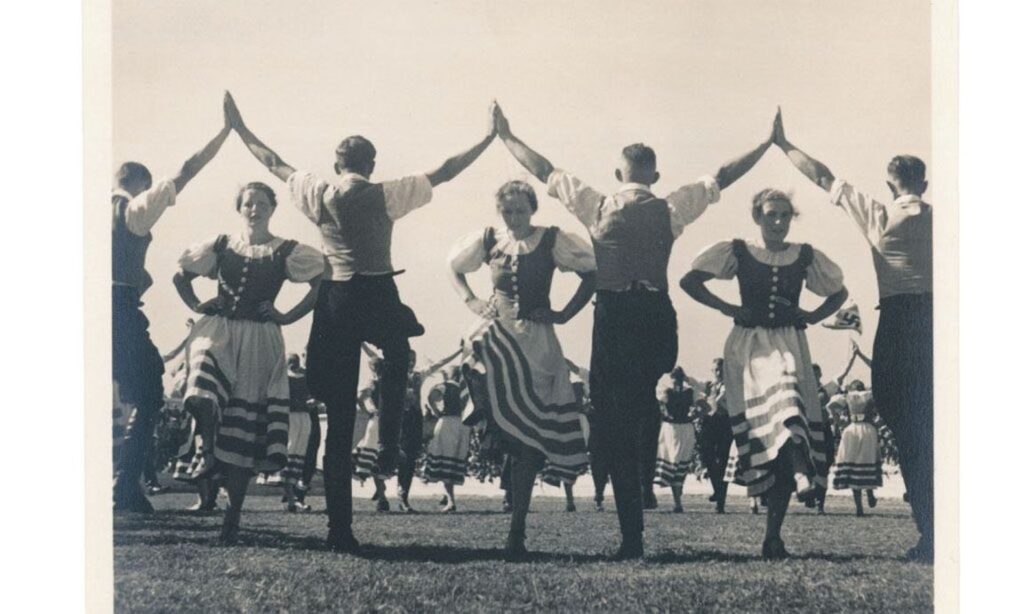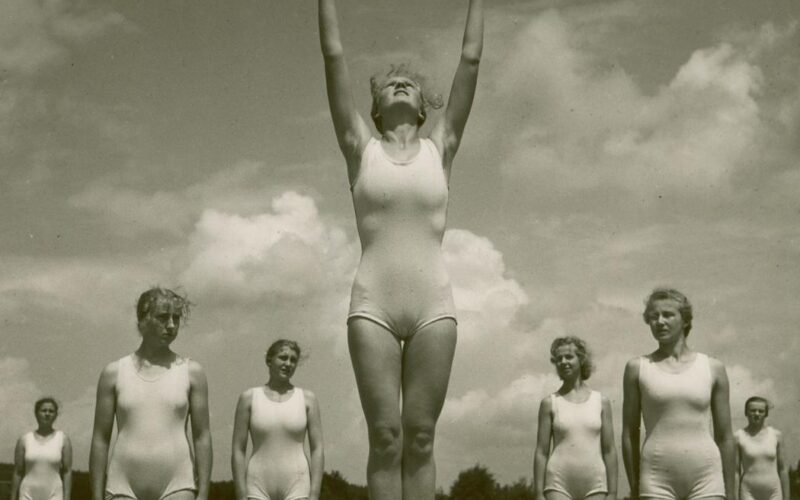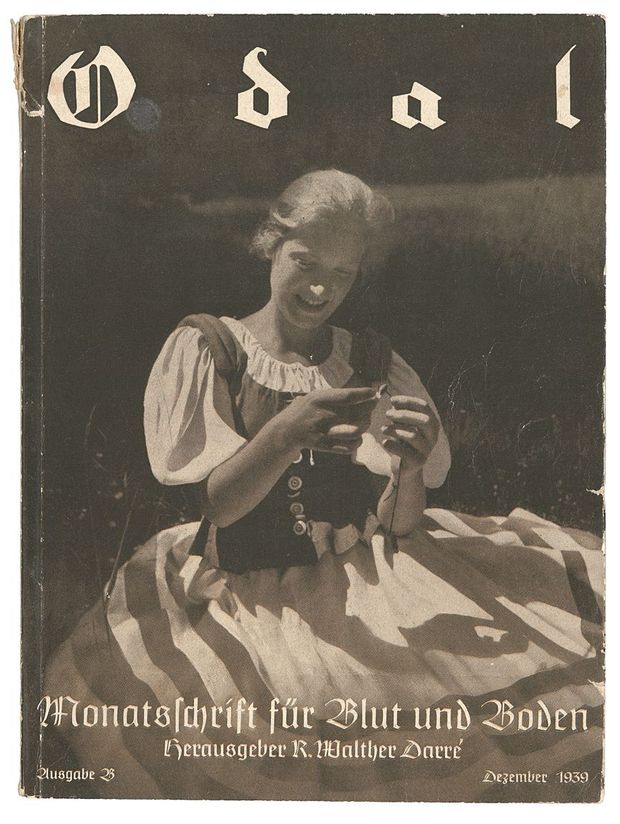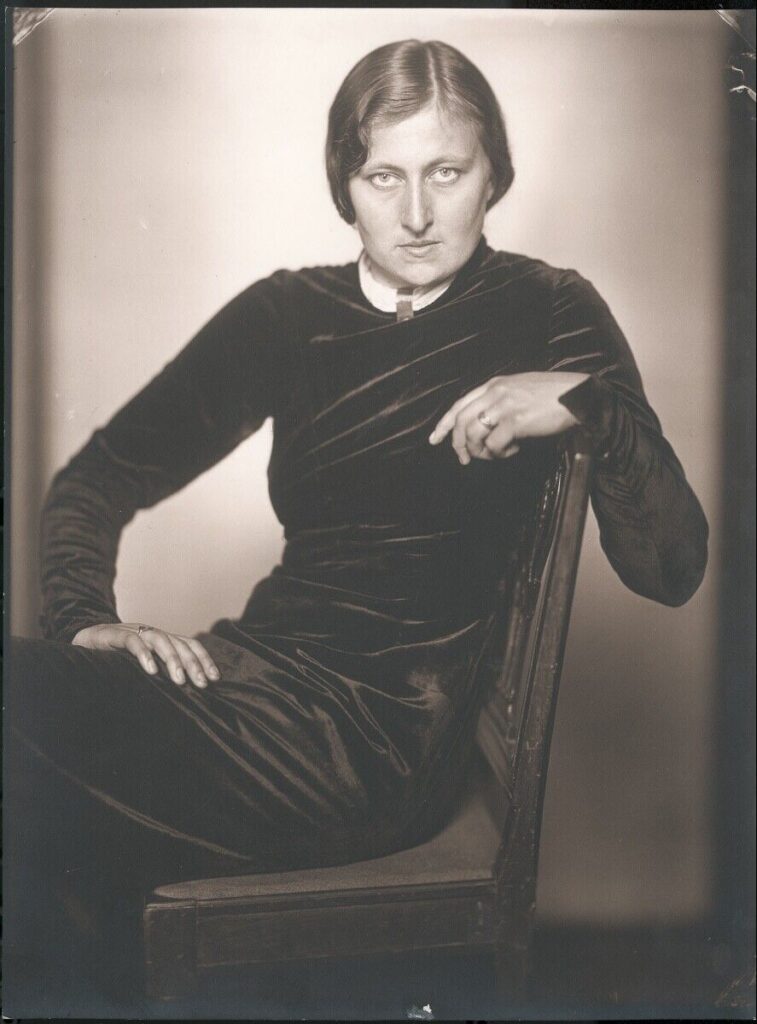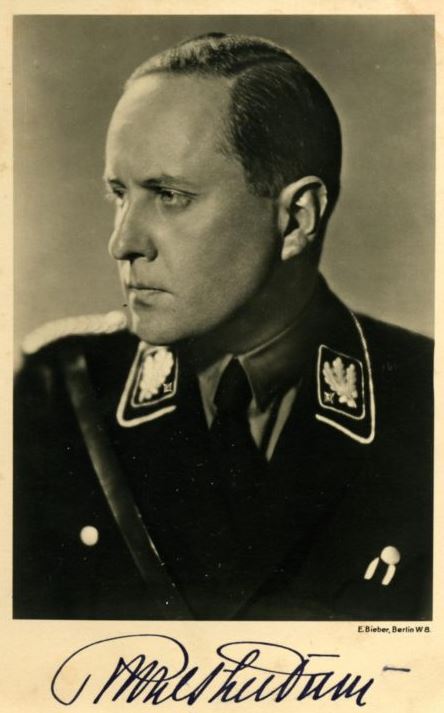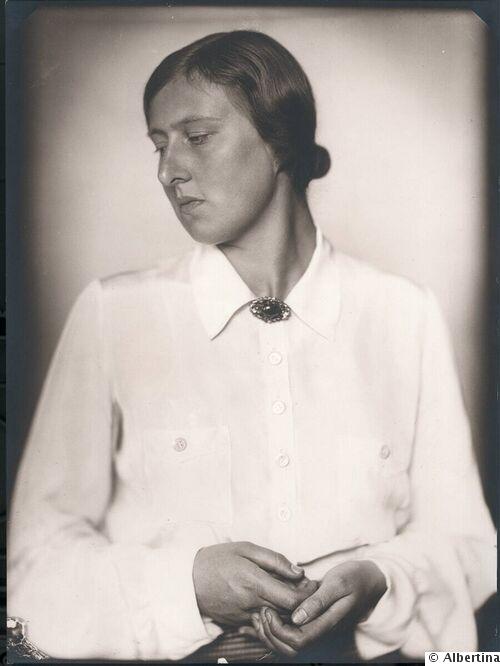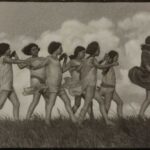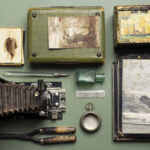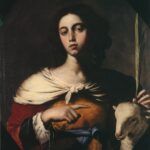Anna Koppitz, born in the echo of the last whispers of the 19th century, grew up in the shadow of her husband’s talent, Rudolf Koppitz, a renowned figure in Art Nouveau and a recognized master of Viennese art photography. History has long relegated Anna to a supportive role, hiding the truth behind a curtain of oblivion and injustice. She was seen merely as her husband’s assistant. However, recent research has revealed a more complex and fascinating truth: Anna Koppitz was not just an assistant, but an artist in her own right, a talented photographer whose work deserves reevaluation in light of new understanding.
Her artistic journey intertwines with the complex historical events of the 20th century. During the years of the Third Reich, Anna found herself navigating dangerous waters. Richard Walther Darré, the Nazi Minister of Agriculture and a fervent supporter of racial propaganda, contacted her mistakenly believing that Rudolf was still alive. Darré, intending to promote his ideal of racial purity and elevate the peasant class as the beating heart of the Nordic race, sought powerful images to embody this message. Anna Koppitz, with acumen that defied conventions, accepted the assignment. However, her decision seems to have been driven more by professional considerations than by adherence to Nazi ideals—a choice of survival in an era of extremes.
Her works, influenced by the cinematic aesthetics of Leni Riefenstahl and the style of sports photographer Hanns Spudich, depict youthful women expressing themselves in fields and gymnastic games, exalting physical strength and beauty. Anna’s photographs, although commissioned for propaganda purposes, transcend their original context. They document not only the regime’s ideal but also the vitality and grace of rural life, and the intrinsic beauty of human movement.
After the war, the work of many artists involved with totalitarian regimes was systematically ignored or erased. Anna Koppitz, like many others, found herself marginalized, her art forgotten. However, the rediscovery of her works today prompts us to reassess them. Her photography should not be viewed solely through the prism of her political collaboration, but as significant artistic expression that deserves study and appreciation.
The rediscovery of Anna Koppitz pushes us to reconsider the legacy of many past artists, to reevaluate their work beyond the historical circumstances that surrounded them. It is time to explore forgotten archives, bring hidden works to light, and recognize art for what it truly is: a testament to humanity in all its complexities and facets. Anna Koppitz’s story is not just that of a forgotten artist; it is a reminder of the changing nature of memory and artistic legacy.
Here you can admire some of Anna Koppitz’s works, shots that capture the essence of her artistic vision, testimonies of a talent too long obscured by history.
